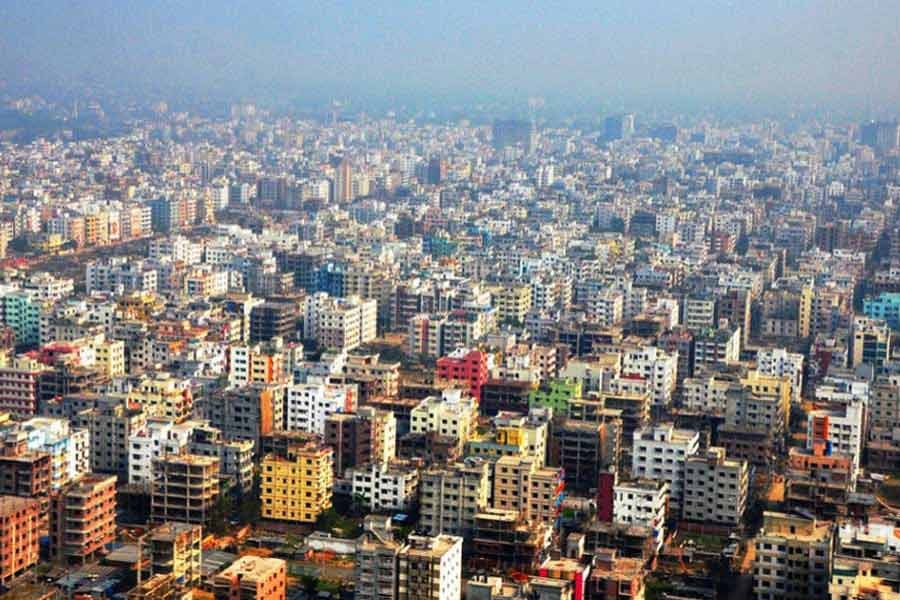Dhaka city makes the headlines for all the wrong reasons. In 2018, the annual global survey of the Economist Intelligence Unit listed Dhaka as the second least liveable city in the world. In 2017, another international study marked the capital as the most stressed city in Asia.
Civic groups have also raised the issues of the worsening living standards in Dhaka, which now has at least 400 people living in an acre of area when the standard density is 150 an acre. The city lacks most the qualities of a liveable city. Unplanned, short-sighted developments are to be blamed for the situation.
Traffic congestion of the city eats up 3.2 million working hours a day. A World Bank report says that average traffic speed has dropped from 21 kilometres an hour to seven kilometres. The government is implementing a Tk 220 billion metro rail project to ease the problem but with the capacity to serve only 17 per cent of the city residents.
Public access to safe water is also scarce. Citizens in low-income neighbourhoods have recently taken to streets demanding solution to the water shortage problem. As the Dhaka Water Supply and Sewerage Authority fails to provide safe drinking water, 91 per cent of the consumers, a Transparency International, Bangladesh survey says, boil water to make it safe, burning gas worth Tk 332 crore a year.
Studies also show that the level of air pollution in the city is worrying. An increasing number of citizens have started having symptom of respiratory distress and various skin diseases because of the polluted air. Dhaka has only 234 playgrounds.
Urban planners, green activists and conscious sections of society have, in such events, provided the government with recommendations, including the decentralisation and equal distribution of investment across the country, to address the problem of population pressure on the capital.
They have also asked the government to stop corruption in the public sectors. The large transport infrastructure and other similar projects may facilitate an increase in the gross domestic product, but they do not address the long-standing problems of traffic congestion, water problems or safeguard against fire or earthquakes. The government must, therefore, review its policy priority with a focus on the living standards in the capital and elsewhere.
Academicians and officials at another discussion in the city stressed the need for integrating the environment and natural ecosystems into all urban development activities to restore liveability of the city.
They also emphasised coordination among different ministries to protect the environment while implementing any urban development programme.
It is high time to integrate the environment and natural ecosystem in economic planning and management, green activists said as they urged for more investment in the water and sanitation sector, raising awareness and formulating integrated plans.
In fact, unplanned urban development, having no consideration of what could be detrimental to, or what could help, their development, both physical and mental, is a matter of concern. Academics at a recent programme in the city therefore, rightly called upon the government to make development plans earnestly taking into account the need of the children.
Inclusion of the impact of unplanned urbanisation on children and an incorporation of child-specific needs in policies, procedures and implementation are crucial in bringing about positive development.
It is, thus, important for the government to integrate concerns about children in the city management and planning process. It needs to have child-focused policies and carry out budgetary reforms geared towards children for this to happen. Society should also understand what it needs to be child-friendly and make a big noise to mount pressure on the government to do so.


